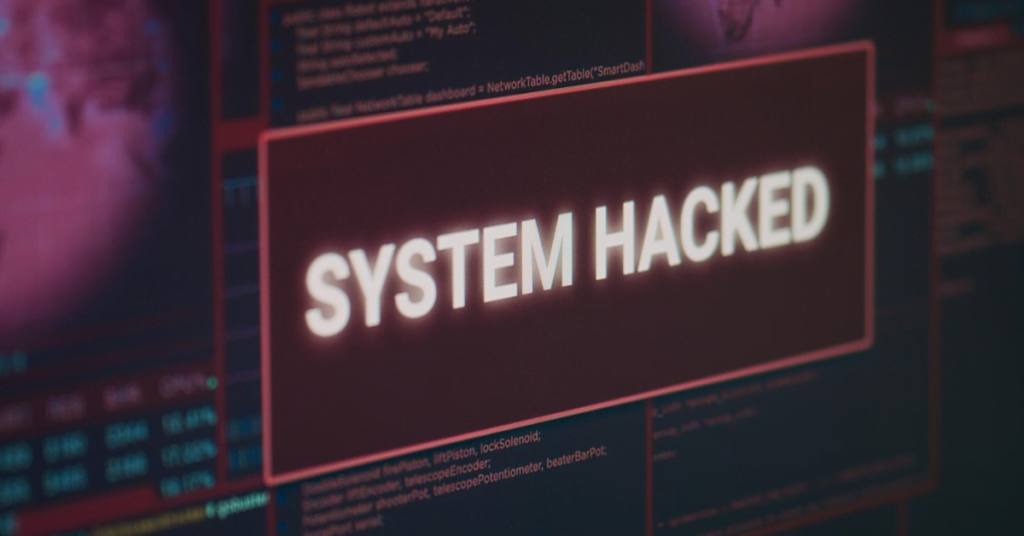2023 is a significant turning point in cybersecurity awareness as it marks two decades of unwavering attention, highlighting the growing importance of cybersecurity. Adoption of modern cybersecurity measures is vital to protect data, both personal and official, in this linked digital age when technology is completely integrated into our everyday lives. The theme of this year’s cybersecurity awareness month, “It’s easy to stay safe online,” served as a helpful reminder that, although multi-factor authentication, strong password management, software updates, and proactive phishing detection and reporting are essential security measures, companies of all sizes should aim to strategically go above and beyond to strengthen their cybersecurity credentials.
Here are my thoughts on four doable tactics to strengthen your internet security posture in order to help you along the way. By following these suggestions, you can be sure that you’re always keeping an eye on your internet presence.
Enhancing the visibility of cybersecurity: “Veterans talk logistics, amateurs talk tactics,” as the classic military proverb states. This is especially true in the field of cybersecurity, where seasoned specialists now emphasise visibility. Experienced cybersecurity experts are now concentrating on logistics rather than just strategies. The complexity of digital environments has increased, and attackers are skilled at taking advantage of this complexity by identifying weak points and underdefended resources to move laterally, avoid detection, and get privileges. Because of this, depending just on conventional IT system management databases is inadequate in the fast-paced world of today because these databases are frequently inaccurate.
It’s critical to have complete network visibility in order to improve security. This entails having a thorough understanding of the inventory of every resource on your attack surface, including resources tied to VPNs, shadow IT, and legal assets. Attackers frequently take advantage of unpatched and unmanaged devices, which emphasises the necessity of total visibility. However, visibility encompasses more than knowing if an asset exists and whether it has been patched; it also involves knowing how it interacts with other components of your network, since this speaks to the security posture as a whole.
Proactive risk assessment in real-time: Semi-annual penetration testing meet regulatory requirements, but they are no longer enough to address risks in the rapidly evolving cybersecurity environment. Everyone needs to adapt to the industry’s shift towards real-time monitoring and decision-making.
Seldom occurring events, like VPN authentications, don’t offer the flexibility required for in-the-moment decision-making. At these intervals, signs of compromise may mount and may turn a risk that was previously considered acceptable into one that is now intolerable. Attackers frequently use time as an ally, thus companies need to understand how to turn the tables.
Extend your security awareness to include unexpected threats: This step is strongly related to the first suggestion about increasing visibility. Increasing visibility requires the proactive gathering of several new kinds of security-related data.
The regular events that cybersecurity teams usually evaluate have been rather predictable, which makes it easier for attackers to get around them. This serves as the foundation for lateral movement and unorthodox routes, including using IoT and other components that might not be instantly identified as part of an organization’s attack surface. The key to avoiding this is this: the more unusual and distinctive the telemetry data, the more likely it is to uncover assets, information, relationships, and identities within your business that were previously hidden. Creating a data-rich environment that enhances your extended detection and response capabilities and eventually improves overall security should be your ultimate objective.
Adopt a strategy of a unified cybersecurity platform: The implementation of appropriate security technologies is critical to the success of these methods. Diversifying your security stack can be advantageous, but be cautious when implementing disparate, one-purpose technologies to prevent potential problems. Defence begins with visibility, and disjointed solutions only offer disjointed security.
A comprehensive platform strategy gives you a whole picture of your security posture by combining several security solutions into one cohesive framework. Look for cybersecurity solutions with features like virtual patching, automation, continuous monitoring, extended detection and response (XDR), and risk assessments that facilitate third-party integrations.
Examine your current security tools and get rid of any unnecessary or out-of-date ones as part of this plan. Not only would a lighter, more effective security stack save costs, but it will also improve overall security and expedite analysis.
In the current digital landscape, where both the nature of threats and the means adopted by attackers to deploy them are constantly evolving, organisations can no longer afford to rely on traditional mechanisms that may have served and met their cybersecurity needs for many years. Organisations must optimise the efficiency of an updated security framework and guarantee smooth operations by streamlining all processes. It is imperative that companies use proactive security measures to protect their data assets.
Source: Hindustan Times

